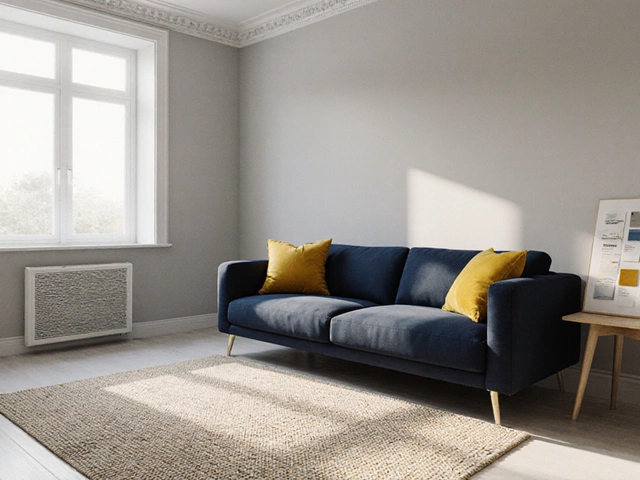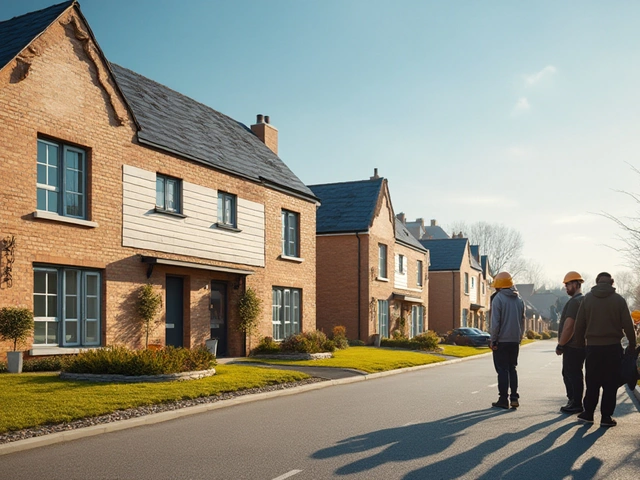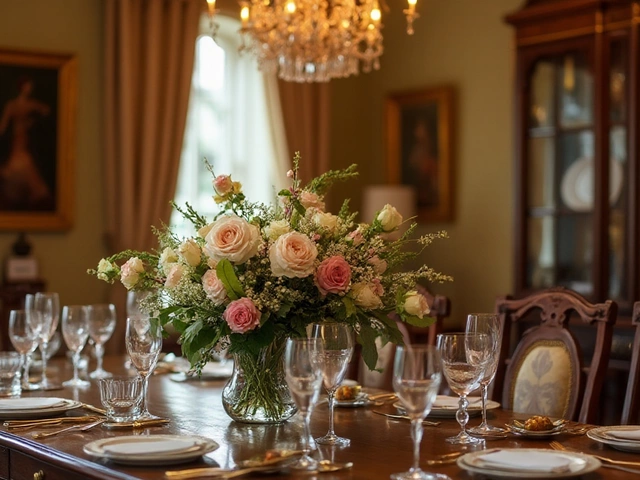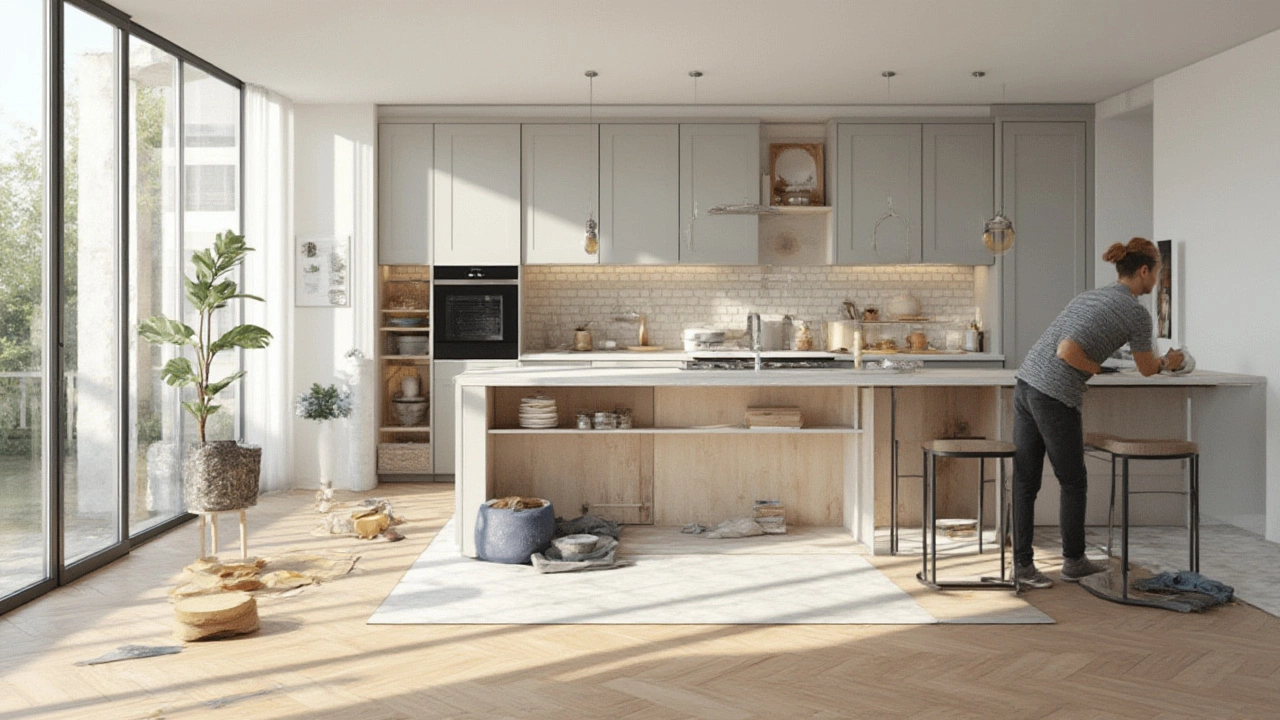
Think a new kitchen is a wallet-buster? You’re not alone. When people dream about a 12x12 kitchen, it’s usually a mix of excitement and dread—like opening a mystery box with your savings at stake. Spoiler: There’s no single price out there. Kitchens, even at the same 12x12 size, swing wildly in cost depending on what you rip out, what you keep, and what dream you’re chasing. Some folks do bare-bones for less than a used car; others spend more than the cost of a shiny new SUV. Ready for the real truth?
What Impacts the Price of a 12x12 Kitchen?
There’s no one-size-fits-all answer for a 12x12 kitchen price tag. The recipe for cost has a few main ingredients: quality of materials, labor costs, appliances, and layout changes. Each of these factors plays a huge role—like swapping basic laminate for quartz countertops, choosing between ready-to-assemble cabinets or custom built, or even changing up electrical and plumbing. All of these can nudge your budget way up or save you a pile.
Labor is usually the biggest slice. In the US, labor can eat up 30% to 40% of your remodel budget. If you’re just swapping out cabinet doors, your costs stay low. Want to knock down a wall for some open-concept vibes? Budget goes up, fast. Appliances also matter. Going with big-name brands or built-in gadgets costs more, while energy-efficient, mid-range picks can save your wallet now and on future bills.
Don’t ignore where you live. Labor costs in a city will beat up your wallet more than a small town. And if the supply chain hiccups (as it loves to do now and then), material prices and waiting times shoot up. Consider permit fees and whether your project needs pro help due to local building codes.
People sometimes skip the less-sexy stuff: old wiring, hidden water damage, or weak flooring that shows up during demo. Surprises like these eat a chunk of your budget, so plan for a 10-20% buffer just for oops-moments.
Price Ranges: Real Numbers and Actual Examples
Folks always hope for hard numbers, so let’s dig into actual costs. As of 2025, remodeling a 12x12 kitchen hits anywhere between $15,000 and $45,000 for a typical mid-range update. Keep in mind, these prices can jump higher for high-end choices or drop if you’re super thrifty (and handy).
| Remodel Level | Budget (USD) | Typical Upgrades |
|---|---|---|
| Basic | $15,000-$22,000 | Paint, new appliances, stock cabinets, laminate counters |
| Mid-Range | $25,000-$35,000 | Semi-custom cabinets, quartz counters, tile backsplash, better flooring |
| High-End | $36,000-$60,000+ | Custom everything, luxury appliances, smart features, hardwood or stone floors |
In recent years, basic kitchen refreshes (think paint, hardware, simple cabinets) averaged closer to $18,000 if you DIY or hire a handyman. For a solid, comfortable upgrade, expect to land in the $28,000 zone if you include new mid-range appliances, semi-custom cabinets, and decent flooring. Move into the luxury lane—built-in espresso machine, chef’s range, custom lighting—the sky’s the limit.
If you like tracking where your cash is going, here’s a cool breakdown from the National Kitchen & Bath Association:
- Cabinets: 29%
- Labor (design, installation): 19%
- Appliances: 15%
- Countertops: 10%
- Flooring: 7%
- Lighting: 5%
- Other (windows, doors, minor fixes): 15%
So, for a $30,000 remodel, expect cabinets alone to gobble up almost $9,000. That’s where most people splurge—or, if you pick IKEA or off-the-shelf options, where you can really save.
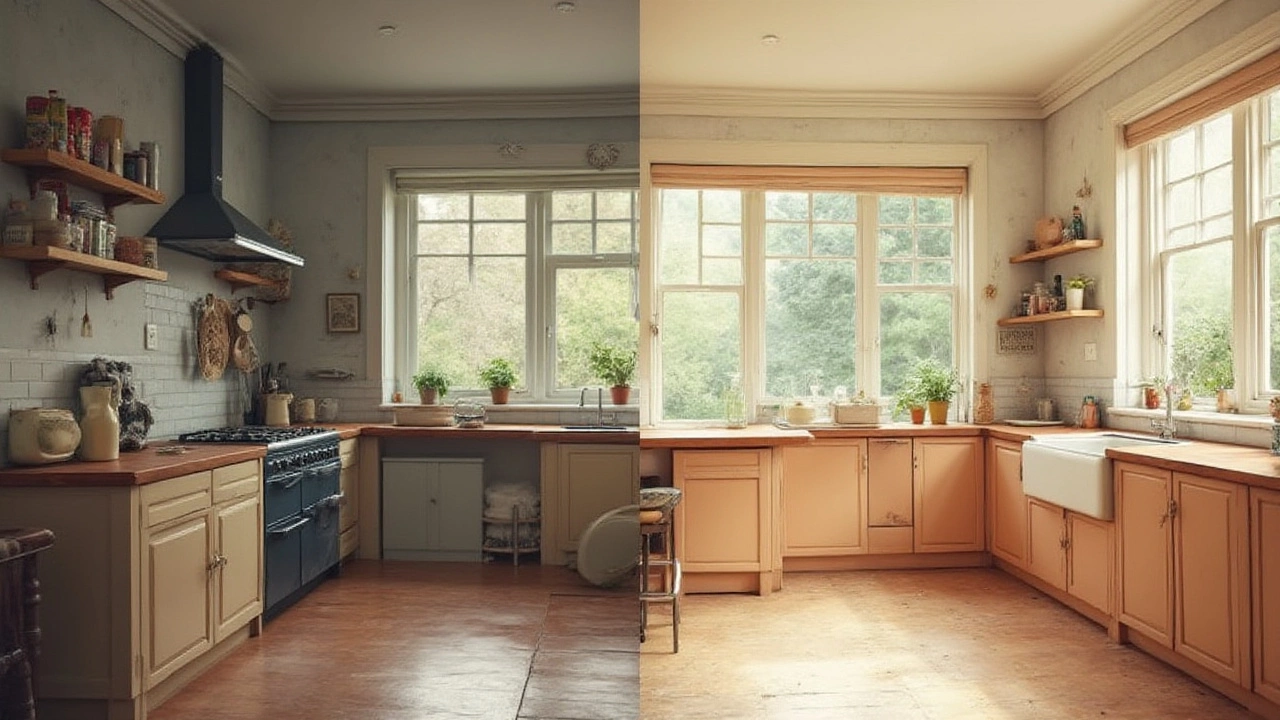
Materials: Choosing Where to Splurge or Save
Here’s the fun part—picking what looks good, feels right, but won’t leave you eating noodles on your new countertops for months. Cabinets, for example, set the vibe for the whole kitchen. Going custom is tempting, but semi-custom or refacing old ones can look just as sleek for half the price. The same goes for countertops: Laminate is budget-friendly and more stylish than you remember, while quartz is king for durability. Granite prices have actually dropped and can sometimes rival quartz, especially if you hunt deals for remnant slabs.
Flooring options are wild these days. Luxury vinyl planks are a hit—they look like real wood, stand up to water, and cost way less than solid hardwood. If you want to go fancier, natural stone is gorgeous but pricey (and cold on the feet). Don’t sleep on simple tile, either. It’s a classic for kitchens and stands the test of time.
Appliance costs swing widely. Energy-efficient models have gotten cheaper and often come with rebates. Built-ins, smart fridges, or pro-style ranges quickly double your outlay. Shoot for upgrades where it really matters—like a quality range hood to keep cooking smells out of your living room. Lighting can look fancy without spending a fortune; under-cabinet strips, pendant lights, and smart bulbs add a big pop for under a grand.
Hardware, paint, faucets, and pulls can be sneaky budget-winners, too. Swapping out tired fixtures with matte black or brushed gold immediately modernizes a space without requiring a big spend.
Hidden Costs and Sneaky Budget Killers
You start the demo, remove a cabinet, and boom—outdated wiring or ancient plumbing staring at you. Suddenly costs soar, and your perfect budget is shot. This happens so often it’s practically a rite of passage for kitchen remodelers. Plan ahead by padding your budget with a 15% safety margin.
Permit fees are easy to overlook. Most towns require permits for anything more than a surface update, especially if you touch plumbing or electrical. Permit costs can range from $300 up to $2,000, depending on your city and the job’s complexity. You’ll sleep a lot better knowing everything’s up to code, though.
Older homes hide extra surprises. You could uncover water damage, termite issues, or asbestos. Each of these will add time and money. Mold? Don’t mess around—mold remediation isn’t cheap, but it’s worth it for your family’s health.
If you live in a bigger city, don’t forget about disposal fees for old appliances or construction debris. Some haul-away services roll it into their cost, but double-check so you’re not hit with an unexpected bill as your contractor drives away.
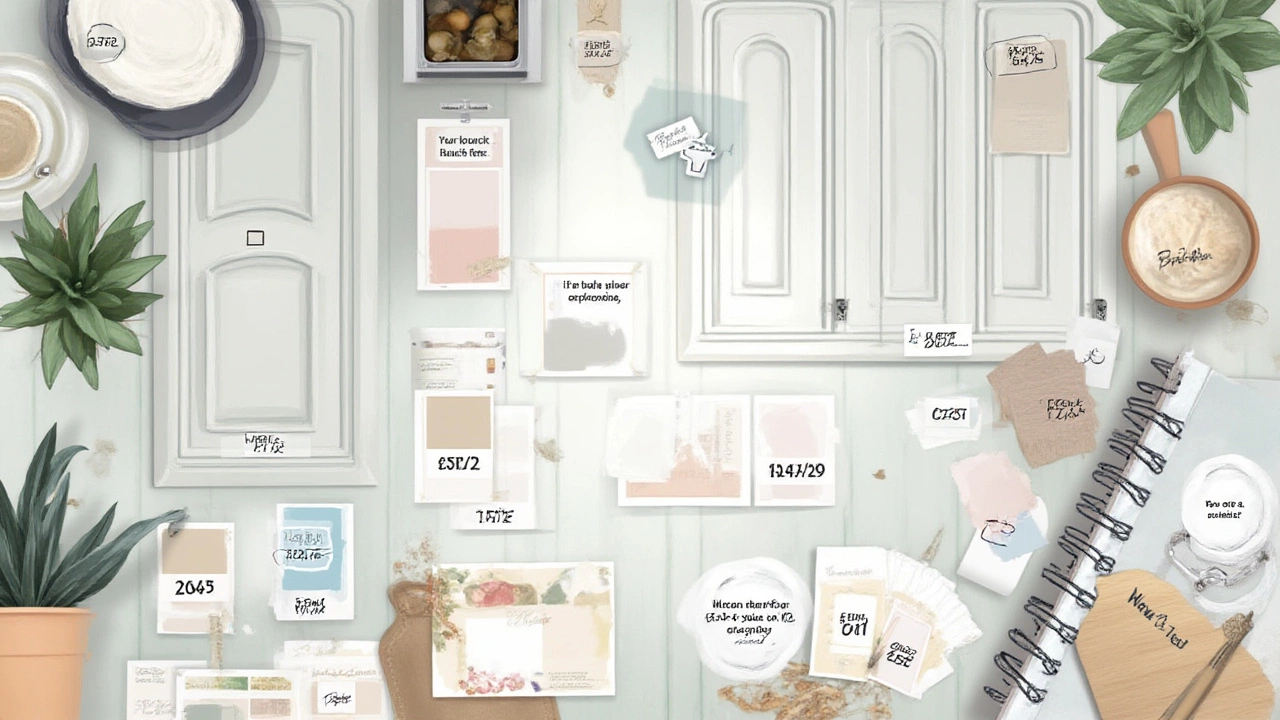
Tips for Getting the Most From Your 12x12 Kitchen Budget
Smart planning is your best tool for a remodel that feels high-impact—not high-cost. Start by setting priorities: Are you aiming for looks, function, or resale value? If you plan to stay put, make it your dream. If you’ll move in a year, stick to upgrades that have broad appeal, like clean lines, classic finishes, and modern appliances.
Get at least three quotes. Prices can swing by thousands between contractors, and the cheapest isn’t always the best. Ask for references and look for crews who do kitchens on the regular. If you like doing things yourself, pick easy wins like painting, installing pulls, or even laying floating floors. Save the scary stuff—electric and plumbing—for pros.
Shop for bundle deals on appliances, which often score you extra discounts. Don’t be shy asking about floor models, discontinued finishes, or end-of-year clearance sales—they can save you hundreds, even on luxury brands.
Your kitchen is where everything happens—meals, homework, late-night talks. It should work for your rhythms, not just look pretty in a photo. Focus your budget where it really counts. Good lighting, ample space, and sturdy surfaces matter far more daily than the fanciest fridge. Keep things simple. If you crunch the numbers, the satisfaction of a well-judged, balanced remodel always beats buyer’s remorse after overspending on a fleeting trend.

